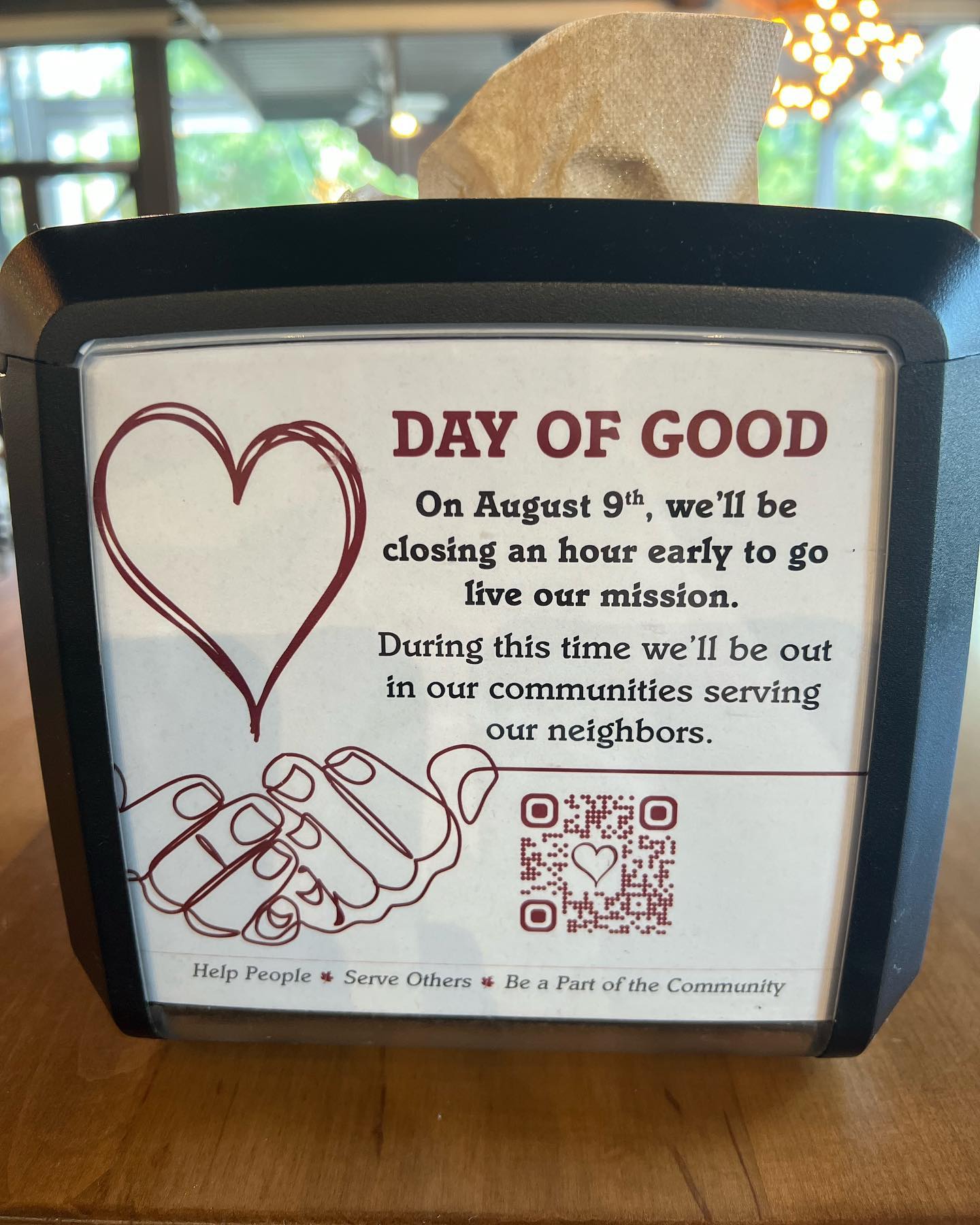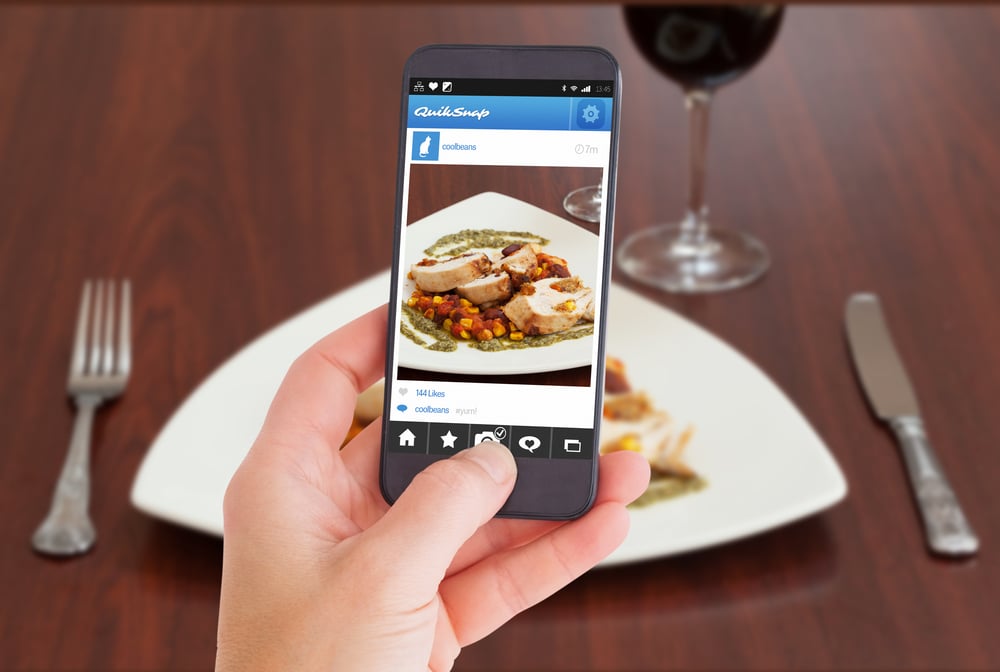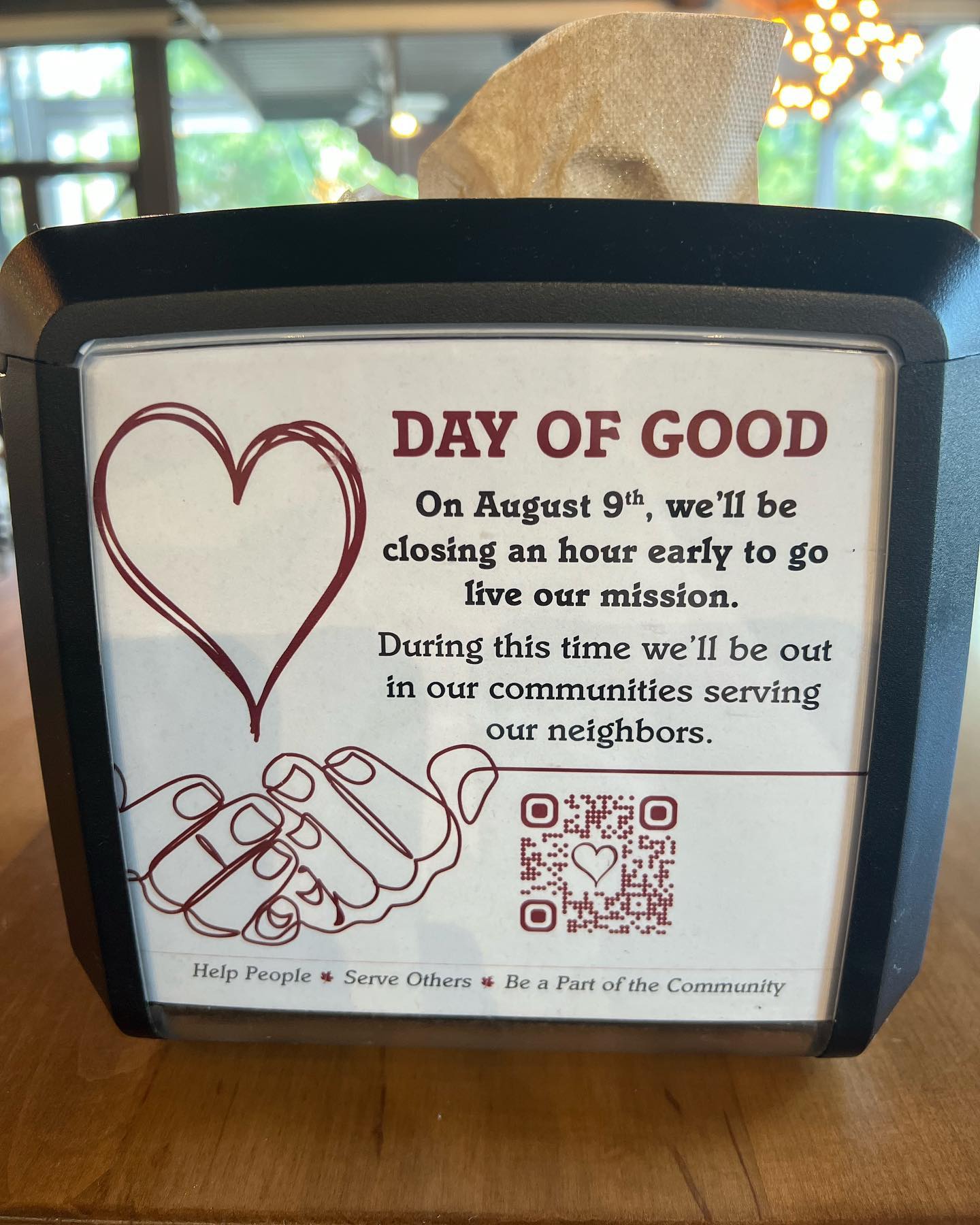Call Sales: +1 (833) 437-3835
Call Sales: +1 (833) 437-3835
Robert Meador | December 7, 2022 |

Having a strong social media marketing strategy is essential in the increasingly digital restaurant industry. Restaurant owners have known this for years, especially after the struggles of Covid-19. The question now is, what are the best strategies to implement?
There are many opinions out there, but at Revel Systems® we have identified four multi-location marketing strategy recommendations that could help your restaurants garner local interest and increase business.
For businesses with multiple locations—whether that be two, twenty, or 100+ chain sites—a marketing strategy priority can remain focused on the local area. Customers respond to marketing that demonstrates a knowledge and passion for the local culture. It is easy to get caught up in establishing solid social media branding and to maintain brand consistency, but that brand should evolve to maintain connection with the local area.
Customers love to see their town’s sports teams, natural landmarks, cultural icons, etc. reflected in a business’s décor and in their marketing. As a multi-location restaurant owner, you want to aim for a core, centralized marketing structure, but also to encourage each restaurant to add in specific elements that can feel like home to their customers. Remember, the most effective marketing plan is the one that truly resonates with the customer base.
More than ever, customers are turning to their phones to find a place to eat. Internet search entries such as “food near me” or “pizza near me” have increased exponentially in the last few years.
To effectively adapt to this large-scale and seemingly persistent trend, multi-location restaurants need to emphasize their location based marketing, specifically search engine optimized (SEO) local ads. These ads give restaurants a local digital presence. For example, when someone searches for food near them, an optimized restaurant will appear prominently in the search results.
In contrast, if a restaurant fails to incorporate this essential aspect of restaurant marketing, people searching for food nearby will be more likely to go to a competitor somewhere else. The SEO component can seem overwhelming to multi-location marketing owners who do not have experience with it. However, there are many tools available online that can help you auto-generate the most effective search terms.
Leveraging SEO keywords in your content will ensure that your restaurant ranks higher in the results for the most common searches. Once you have the information you need, you can begin to put together content that is both engaging and accessible.
Foodie culture is huge on social media and can be a great benefit to the restaurant industry. Millennials and Gen-Z, in particular, are passionate about food-centered accounts on Instagram, Twitter, TikTok, etc. that expose them to new, exciting restaurants in their area. 
This shows the importance of quality, engaging social media branding, but it also presents restaurants with an excellent marketing opportunity: the local foodie influencer. In cities across the nation, restaurants have found great benefit from contacting local social media food influencers, having them visit their restaurant, and having them post about it on their account.
It is important to remember that the audience for the post is already engaged, and in marketing that is half the battle achieved already. A simple post can garner the attention of thousands and can generate a substantial increase in first-time customers.
As a restaurant owner, if you want your customers to see your restaurant as a part of the community, then you need to find ways to make sure the community knows you care about it. A great way to do this is through volunteering. In every community across America, great people have put together organizations for amazing causes. Volunteering opportunities range from local fundraisers, charity events, athletic events, food banks, and more.
Simply taking the time to participate in these causes goes a long way for members of a community. The act of seeing a restaurant give back to the community can change their perception, and they may be much more willing to engage. For the community to truly embrace your restaurant, they need to see brand management and brand consistency centered around caring for those in the local community. Some restaurants have even created variations of a loyalty program that includes prizes for customer volunteering, which is a great way to encourage both volunteering and repeat customers.
These are only four of the many different marketing strategies out there. We have confidence that each can provide a boost to your social media branding strategies, but it is important to assess your restaurants’ specific needs and challenges. The consistent component of these four strategies is to value the local connections in your brand’s core identity and to effectively convey that gratitude and passion in your business marketing.
The best social media marketing strategy is to show the community that you understand it, care about it, and are an essential part of it.